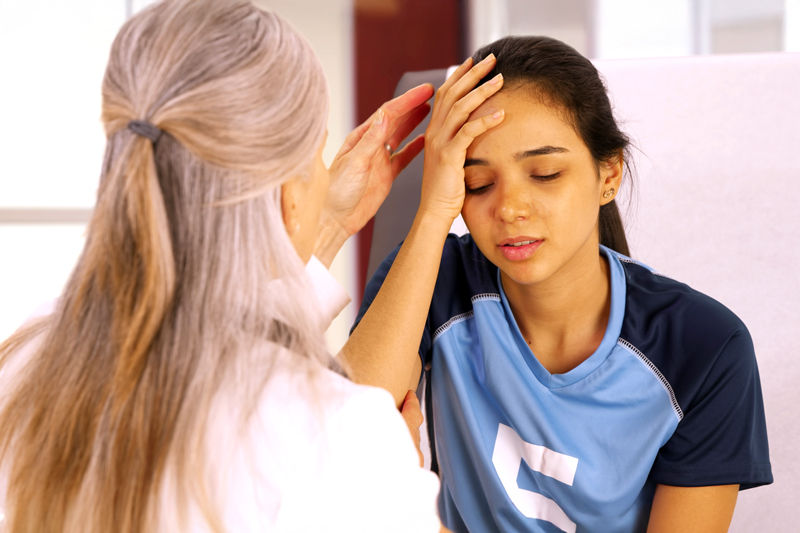What is the best first aid for carbon monoxide poisoning?
- jude72
- Apr 26, 2023
- 2 min read

The nights are getting colder now. Time to put on the electric blanket, thicker doonas and perhaps get out some spare heaters from the garage.
As Winter approaches, so too does the risk of house fires caused by unattended heaters, open fires, candles or other sources of flame or heat. Now most people who die in house fires don’t usually burn to death. Rather they tend to die from smoke inhalation. But one of the most deadly gases you can inhale doesn’t even look at all like smoke.
It’s invisible, completely odourless, colourless and tasteless. So even if you do inhale it, you don’t know you’ve done so, until it starts affecting you. It’s called carbon monoxide. And it can come from many sources.
Old style gas space heaters (the kind you find in older houses, before central heating came along), especially if their chimney is partially or fully blocked. Car exhaust fumes in enclosed spaces, like a garage. (So never work on your car in your garage over winter with the door closed and the engine running!) Even open fires and indoor barbecues can give off this gas.
Carbon monoxide poisoning can causes headaches, confusion or dizziness, sometimes aggression, and nausea and vomiting.
Severe exposure will lead to difficulty breathing, grey-blue skin colour and unconsciousness.
The most immediate first aid for suspected Carbon Monoxide poisoning is get the victim (and yourself) out of the fume-filled area and into fresh air. If their clothing is in anyway burning or smouldering, extinguish that as best you can.
Call 000 and report it as suspected carbon monoxide poisoning.
If they are unresponsive and not breathing then quickly check their airway is clear, then begin to apply immediate CPR.
If they are unresponsive but still breathing, stay with the person and closely monitor their breathing, pulse and level of responsiveness.
If they stop breathing, quickly check their airway is clear and then immediately apply CPR.
If you aren’t trained in CPR and want to get trained with Melbourne’s best first aid trainers, visit https://www.resultsfirstaid.com/courses








Comments